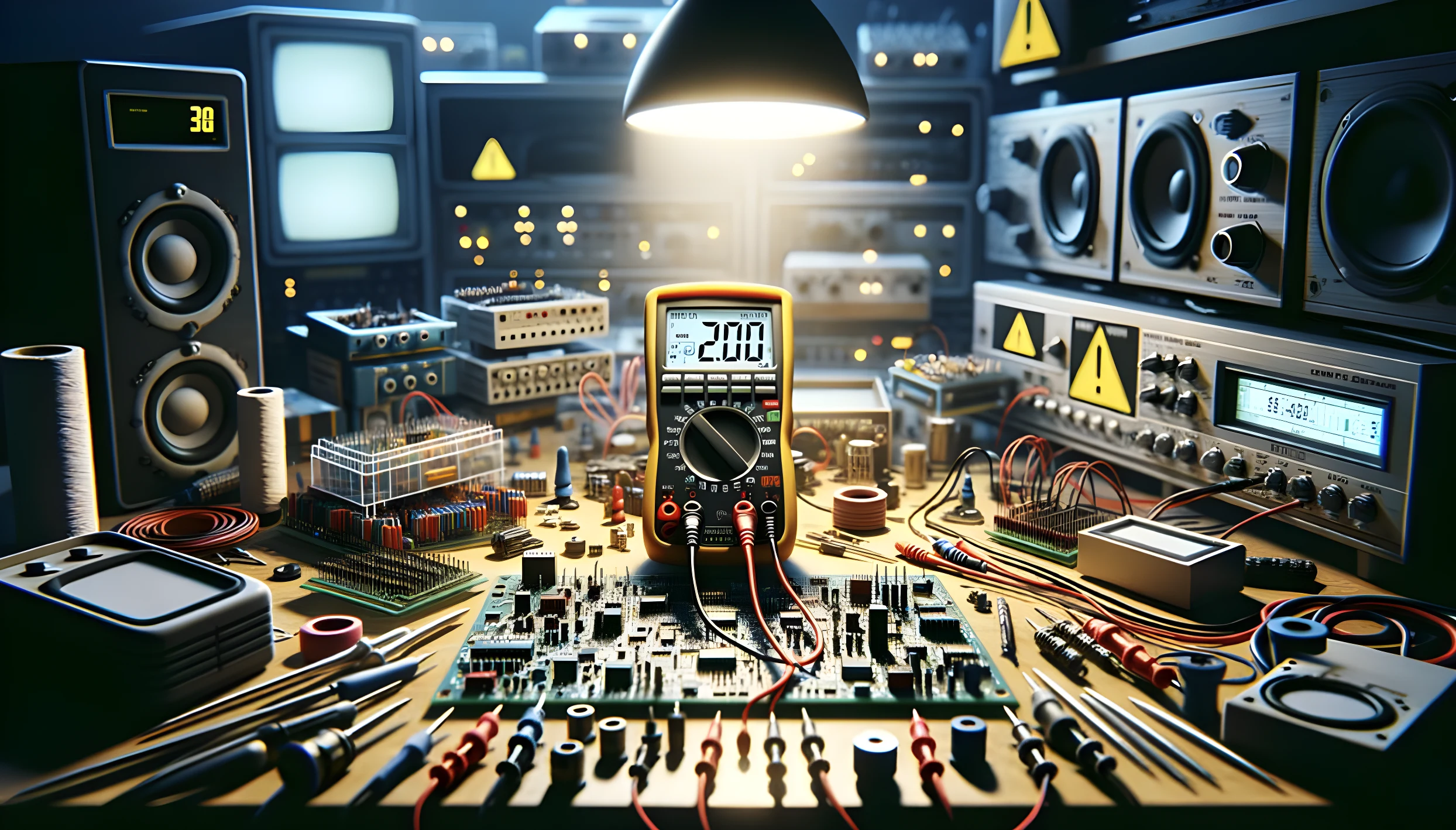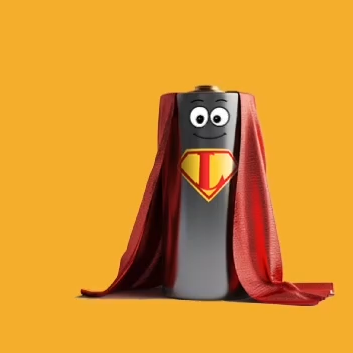A closer look at 5 common lighting products

Lighting is all around us. Whether it be in our home or outside of it, every day we are surrounded by lighting products, from light bulbs and lamps at home, to industrialized and remotely controlled streetlights.
Providing practical usage and beautiful architecture designs that some time we might not be aware, but that certainly provide us with the right ambient for our activities or leisure time.
In this article, we would like to take a closer look at 5 specific products we can easily find in our everyday lives, mention 1 standard which is used in conjunction with them and their 14 respective standards.
Over the years, standards have continued to develop and evolve. Like other standards, Electrical safety standards are here to ensure that products meet the minimum industry-set safety requirements.
Residential, Commercial, Industrial, Transportation, Horticulture, Ultraviolet Radiation, Photovoltaic, Solar Lighting, etc., are just a few of the categories in which lighting products can be sub-divided into.
With a focus on Canada and the Unites States, following is a guide to 5 common lighting products on the market and the latest published editions of their respective standards, two of which are Tri-National standards (Canada, USA, and Mexico).
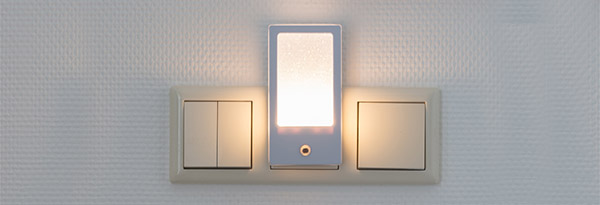
Direct plug-in nightlights (Bi-National standard)
- Canada – CSA C22.2 NO. 256:14 (R2019)
- United States – UL 1786
Plug-in nightlights come in a lot shapes and forms, from basic soft-lighted bulbs, to more playful owl, unicorn, and star designs. This Bi-National standard is applicable to Canada and USA for direct plug-in nightlights not exceeding 10W input, covering requirements for insertion into a parallel slot receptacle rated 125 V maximum for indoor use in non-hazardous locations only.
Some of the considerations that come into place, when evaluating this type of products are: insulation provided by the enclosure material to the live parts; absorptive, flammability, and mechanical strength properties; type of adhesive; protection against corrosion provided by the iron and steel parts; accessibility of live parts; size and weight, connector shape; center of gravity; and blades material, just to mention a few.
Some of the tests included in this standard involve performance, temperature tests, switching mechanism, impact test, and blade security.

Portable Luminaries
- Canada – CSA C22.2 NO. 250.4:20
- United States – UL 153 (Ed. 13)
When looking at ambient illumination at our desks, near our beds, in a hotel lobby, at work, or when using a hand lamp, we are most likely looking at products that were evaluated to the standards noted above.
As mentioned in their prefaces and scopes, both standards cover Portable Luminaire products that are connected to a nominal 120 V, 15 or 20 ampere branch circuit.
CSA C22.2 NO. 250.4:20 is applicable for the load side of a Class 2, LED Class 2, or safety extra-low voltage (SELV) circuit. The standard provides an extensive list of 29 products that it applies to, including aquarium lights, table type, hospital type, flood lights, fibre-optic types, extension hand lamps, make-up mirrors, and more.
Main components shall comply with their applicable standard, such as Light Emitting Diode (LED) components, Medical Electrical Equipment, general use snap switches, low voltage transformers, etc.
Compared to the previous edition, the main changes to this edition are the addition of the annex AA, the requirements for luminaries powered by rechargeable batteries, and the removal of the requirements for lighting strings.
UL 153 (Ed. 13) does not provide a list of specific products to be applied, instead it describes a primary function of the product and the ones that are excluded. Its scope says, “It covers portable luminaires and subassemblies whose primary function is for task or ambient illumination”. and do not cover, Electric Signs, Portable Sun/Heat Lamps, Seasonal and Holiday Decorative Products, Luminaires for Use in Hazardous (Classified) Locations, Household and Commercial Furnishings, Electric Aquarium Equipment, Amateur Movie Lights and Direct Plug-In Nightlights.
The standard states it “also cover portable luminaires intended to receive power through a USB connection, or power over ethernet (POE) using category 5 (CAT5) or similar cables and 8P8C (RJ45) connectors”.
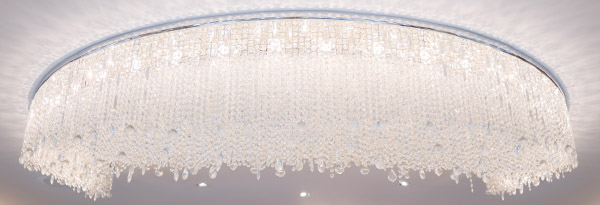
Fixed Luminaries (Tri-National standard)
Canada – C22.2 NO. 250.0-18
USA – UL 1598
Mexico – NMX-J-307/1-ANCE
Examples of products covered by this standard are: Fluorescent, HID, LED, surface-mounted, recessed, miscellaneous, and environmental location luminaires.
These types of luminaires can be found in kitchens, bedrooms, office ceilings, the walls of a theatre, in a factory for general illumination, etc. As it can be read in its description, this is a harmonized ANCE, CSA, and UL tri-national standard, which covers the electrical safety requirements for Canada, the United States, and Mexico, providing a significant advantage when distributing a product into any or all three countries.
This standard excludes portable applications. It is applied to luminaries that are intended to be installed on branch circuits of 600 V nominal or less between conductors, non- hazardous locations.
LED components and subassemblies requirements, covered by this standard, are provided in UL 8750 and CSA C22.2 No. 250.13.

Self-ballasted lamps
Canada – C22.2 NO. 1993-17
USA – UL 1993 (Ed. 5)
Mexico – NMX-J-578/1-ANCE (Ed. 3)
LED bulbs, Self-Ballasted LED lamps, LED tubes, and black light bulbs are a few examples where this standard is applied.
One of the game-changers for the light industry, that Gen Xers might still remember well, were the Compact Fluorescent Lights (CFL), which did not only provide the advantage of reducing power consumption and heat, but were also compact and self-ballasted, not requiring the use of a heavy and bulky transformer.
The final assembly had similar dimensions than incandescent light bulbs, with some downsides, as it contained toxic mercury and required to be properly handled when being disposed of. Since its release into the market, and thanks to the evolution of technology, we have since been able to enjoy the advantages of other innovative products that are self-ballasted, more compact, and longer lasting.
This harmonized standard for Canada, USA, and Mexico is for products with voltage range of 120-347 VAC 20 to 347 V AC “nominal, using connections like screw-base, pin-base, or recessed single contact (RSC or R7) lamp holders.” Section 1.2 of its scope states: “These devices incorporate resistance, reactance, or electronic (solid-state) type ballasts or power supplies. These devices employ various lamp technologies including, but not limited to, incandescent, fluorescent, high-intensity discharge lamps, and light-emitting diodes.”
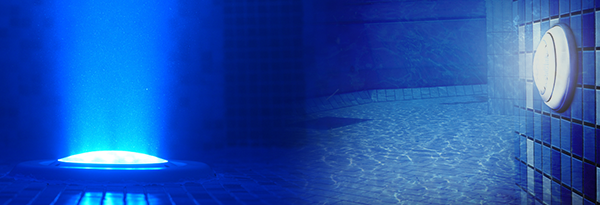
Underwater Luminaires and Submersible Junction Boxes
Canada – C22.2 NO. 89-15 (R2020)
The United States – UL 676 (Ed.9)
This kind of luminaries certainly provide a warm and enjoyable ambient, both functional and decorative. We might come across these products in outdoor swimming pools or installed in a spa.
When manufacturing these types of luminaires, is important to provide insulation against water, as these products are in direct contact with it or in a wet environment. Some examples of tests required under these standards are: impact, rain, water leakage, sprinkler, glass impact, polymeric impact, UV exposure, gasket, compression, strain relief, deflection, mold stress relief, and horizontal and vertical burning.
Both standards are applicable to submersible lighting systems, permanently connected, portable type, cord-connected or direct plug-in type, with supply limit of 150 V.
C22.2 NO. 89-15 (R2020) provides a list of the associated components included in the standard.
UL 676, Clause 1.3 states that junction boxes and some other accessories used for the supply of underwater luminaries, for use in the deck area around swimming pools, fountains, and spas, are not covered by it.
When designing a new product, it’s always a good idea to initiate communication with the selected third-party ISO 17025 accredited testing laboratory, from the early stages of the product development.
If uncertain about the standard requirements related to your product, a Preliminary Design Review (PDR) can be conducted, to review the technical documentation, often without the need for testing a prototype.
This service provides feedback on the documentation provided, as per the standard, allowing manufacturers to perform the required corrections on the design, if any needed, before pursuing its full testing and certification and therefore, reducing considerable time delays and increasing (not guaranteeing) the chances of a “pass”.
Finally, as end customers are nowadays more and more aware of the impact that products have on the environment, taking into consideration Energy Efficiency, along with safety testing, could be what will make consumers choose your product vs your competitors’.
For questions related to Lighting products and required testing/certification, feel free to contact LabTest Certification at info@labtestcert.com or call 1-855-346-0444.
You can also Request More Information with us.


